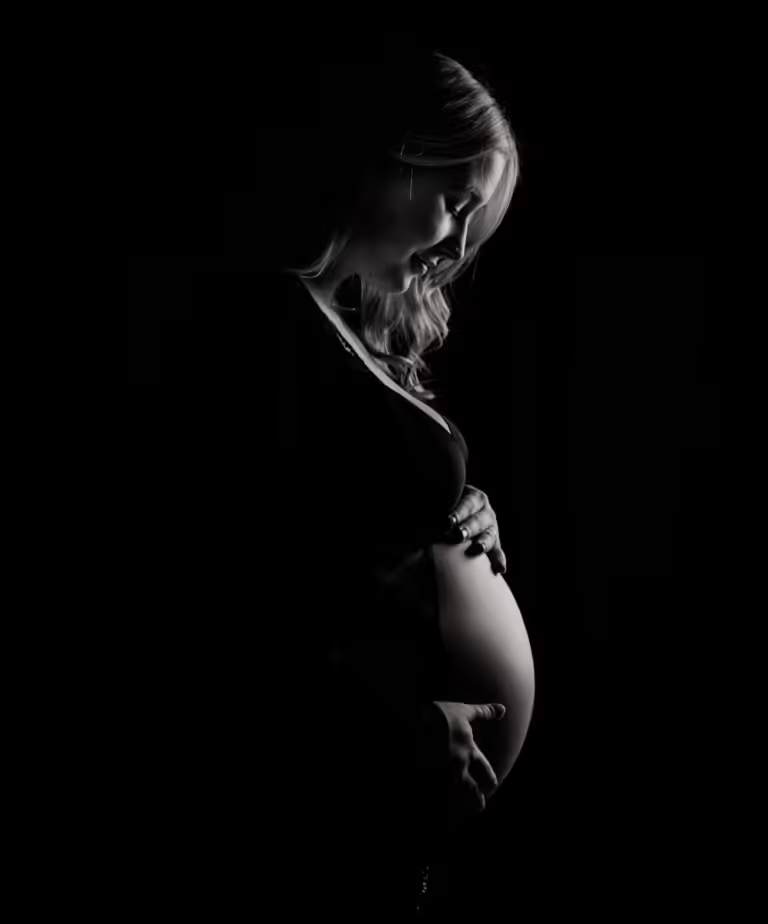New research reveals surprising insights into how babies learn to soothe themselves back to sleep and what factors influence this crucial developmental milestone.
As any parent knows, a good night’s sleep is a precious commodity, especially during the first year of a baby’s life. While the adorable coos and gurgles melt our hearts, those middle-of-the-night cries for comfort can leave even the most dedicated parent feeling exhausted. But what if there were ways to encourage babies to become more independent sleepers? A fascinating new study published in the Journal of Child Psychology and Psychiatry sheds light on the development of self-soothing behaviors in infants and offers intriguing clues for parents eager to understand their little one’s sleep patterns.
This article delves into the findings of a groundbreaking longitudinal study conducted by Burnham, Goodlin-Jones, Gaylor, and Anders at the University of California. This research, the first of its kind to objectively track infant sleep patterns over an extended period, provides valuable data on how sleep-wake cycles evolve during the first year and what factors contribute to the development of self-soothing.
The Evolution of Sleep: A Night at the (Baby) Observatory
The research team utilized a fascinating method called time-lapse video recording to observe the nighttime sleep patterns of 80 infants at 1, 3, 6, 9, and 12 months of age. This innovative technique allowed researchers to capture a complete picture of each infant’s sleep-wake cycles, including the duration of sleep stages, the frequency of awakenings, and parental interventions.
The study confirmed several established patterns in infant sleep development. As babies grow, their sleep becomes more consolidated, meaning they experience longer stretches of uninterrupted sleep at night. This shift is reflected in the increase of their longest sleep period (LSP) and total sleep time (TST) as they age.
While the total amount of sleep remains relatively stable throughout the first year, the proportion of time spent in different sleep states changes dramatically. Active sleep, characterized by rapid eye movements (REM), decreases, while quiet sleep (non-REM), a deeper and more restful state, increases. This shift towards quiet sleep is a positive sign of neurological maturation, indicating that the infant’s brain is developing as expected.
The Self-Soothing Enigma: Can We Teach Babies to Sleep Through the Night?
One of the most exciting aspects of this study was the investigation of self-soothing behaviors. Self-soothing, in this context, refers to an infant’s ability to fall back asleep independently after waking up at night. It’s the holy grail of baby sleep, the key to blissful nights for both parents and babies.
The study revealed that the ability to self-soothe increases gradually over the first year of life. At one month old, infants were able to soothe themselves back to sleep after only 27.6% of their awakenings. However, by their first birthday, this percentage had risen to 46.4%. While this indicates a significant increase in self-soothing ability, it’s important to note that over half of the infants still required parental intervention to fall back asleep at 12 months old.
This finding challenges the notion that all babies should be sleeping through the night by a certain age. The reality is that there is a wide range of normal sleep behaviors, and some babies naturally take longer to develop self-soothing skills.
Debunking the Magic Sleep Solution: The Maternal Scent Experiment
In an attempt to accelerate the development of self-soothing, the researchers introduced a novel sleep aid – a T-shirt imbued with the mother’s scent. The rationale behind this intervention was based on the powerful olfactory connection between mothers and infants. Previous studies have shown that infants are highly attuned to their mothers’ unique scent, finding it calming and reassuring.
Surprisingly, the presence of the maternal-scented T-shirt did not have a significant impact on the infants’ sleep patterns or their ability to self-soothe. This unexpected finding suggests that simply introducing a familiar and comforting scent is not enough to override an infant’s innate sleep tendencies.
The researchers speculate that this lack of effect might be due to the fact that infants develop preferences for specific objects, often referred to as “transitional objects,” at their own pace. Forcing a particular object, even one as appealing as a mother’s scent, might not be effective in promoting self-soothing.
Beyond the Crib: Unraveling the Complex Web of Factors Influencing Sleep
This study went beyond simply observing sleep behaviors; it delved into the intricate interplay of factors that contribute to an infant’s sleep development. The researchers identified three key predictors of self-soothing at 12 months of age:
- Decreasing Time Spent Out of Crib: Infants who spent progressively less time out of their cribs throughout the first year were more likely to be self-soothers by their first birthday. This finding underscores the importance of creating a consistent sleep environment for infants and allowing them ample opportunity to practice falling asleep independently.
- Higher Levels of Quiet Sleep at Birth: Infants who exhibited higher percentages of quiet sleep early in life tended to be better self-soothers later on. This correlation suggests that neurological maturity, as reflected in sleep state distribution, plays a role in an infant’s ability to regulate their sleep-wake cycles.
- Longer Parental Response Times to Awakenings at 3 Months: Infants whose parents waited slightly longer to respond to their awakenings at three months of age were more likely to be self-soothers at 12 months. This finding supports the “wait and see” approach advocated by some sleep experts, suggesting that allowing infants brief periods of fussing before intervening can encourage them to develop self-soothing skills.
These findings highlight the complex interplay of factors that shape an infant’s sleep development. It’s not simply about implementing a rigid sleep training schedule; it’s about understanding each infant’s individual needs and creating a supportive environment that fosters healthy sleep habits.
Decoding the Data: What This Research Means for Parents
This groundbreaking study offers a wealth of information for parents navigating the often-confusing world of infant sleep. Here are some key takeaways:
- Embrace Individuality: Just as every baby is unique, so are their sleep patterns. There is no one-size-fits-all approach to infant sleep, and what works for one baby might not work for another.
- Create a Consistent Sleep Environment: Establishing a regular sleep routine and a calming sleep environment can help infants regulate their sleep-wake cycles and promote self-soothing.
- Don’t Rush to Respond: While it’s natural to want to soothe a crying baby immediately, sometimes a brief pause is all they need to settle themselves back to sleep.
- Seek Professional Guidance When Needed: If you’re struggling with your baby’s sleep, don’t hesitate to reach out to a pediatrician or a certified sleep consultant for guidance.
This research provides valuable insights into the fascinating world of infant sleep. By understanding the factors that influence sleep development and embracing the individuality of each baby, parents can create a nurturing environment that fosters healthy sleep habits for themselves and their little ones.
Lisoderm








